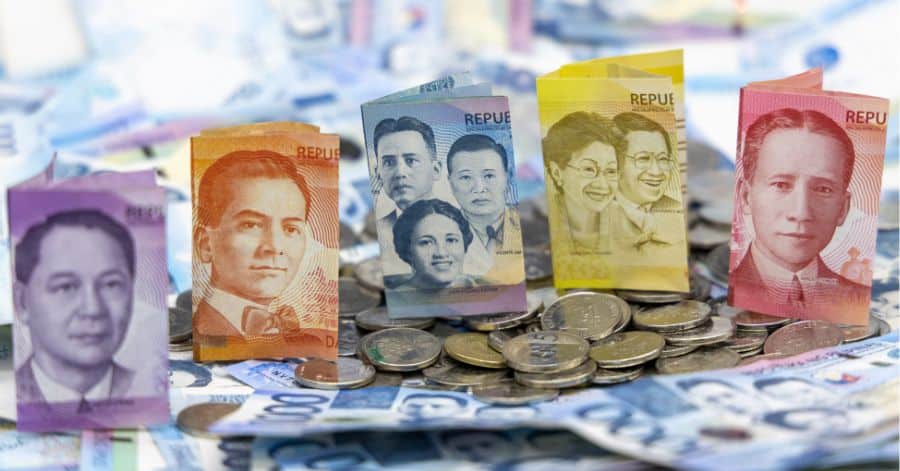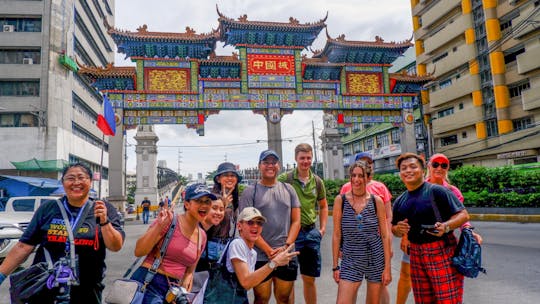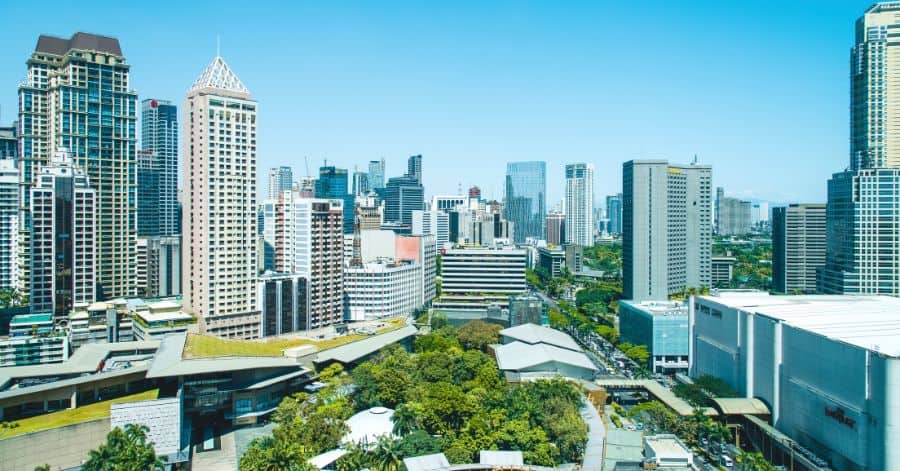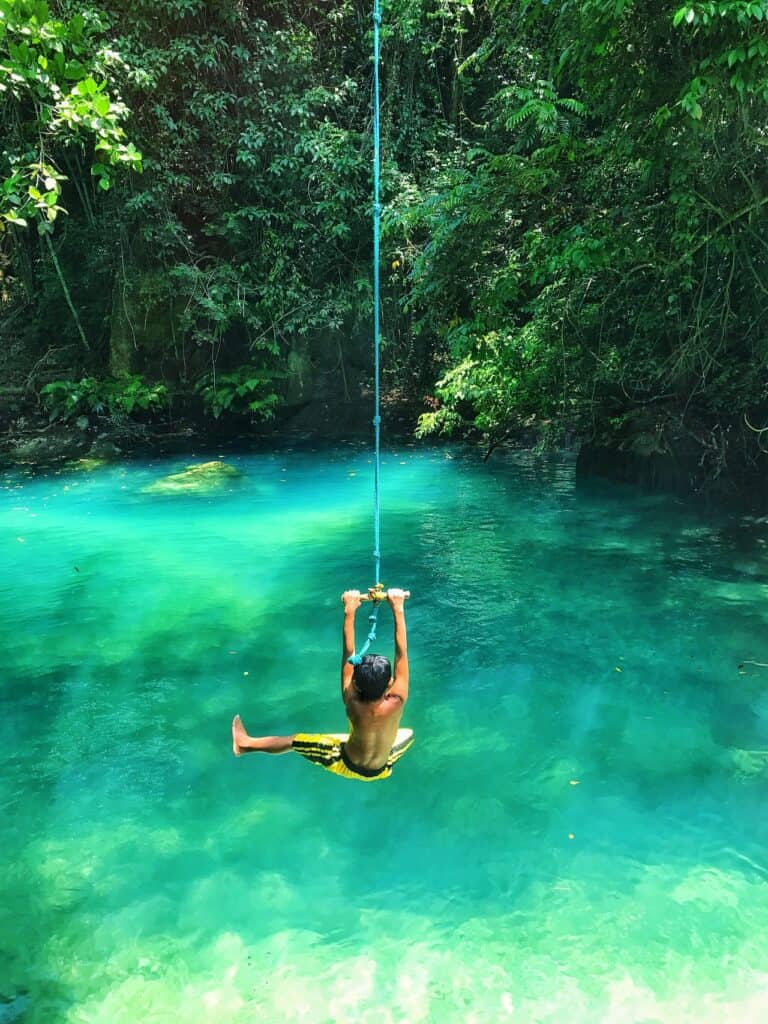When traveling to the Philippines, not only will you be captivated by its breathtaking landscapes and warm hospitality, but you’ll also find a treasure trove of unique and distinctive products and souvenirs to take home. From traditional garments and handwoven fabrics to intricate handicrafts and delicious delicacies, the Philippines offers a wide array of items that capture the essence of the country’s rich culture and natural resources. These are the top things to buy in the Philippines to remind you of your memorable journey. Let’s explore standout options that await travelers in the Philippines.
Read also:
- 20 Best Things To Do and Visit in Puerto Princesa, Palawan, Philippines
- Best 28 Tourist Spots and Guide when Exploring Coron, Palawan
- Top 10 Hotels with a Pool and Sauna in Manila, Philippines
- Philippines Holiday Destinations to Visit in 2023
- Things to Buy in the Philippines
- Why is it fun and essential to buy Philippine souvenirs when you are a tourist?
Things to Buy in the Philippines
The Philippines offers a wide range of unique and distinctive products and souvenirs that travelers can purchase to commemorate their visit. Here are popular options:
Barong Tagalog
The Barong Tagalog is the national costume of the Philippines and makes for an excellent souvenir. It is a lightweight embroidered shirt traditionally worn by Filipino men. However, women wear some of the designs as well. Nowadays, both genders love wearing them for special occasions. Even people from different countries want to wear one. They sometimes ask their Filipino relatives to buy and ship it to them so they can use it for their occasion. You can find Barong Tagalogs in various styles and price ranges in department stores, specialty shops, and markets throughout the country. Prices can range from around PHP 2,000 to PHP 10,000 ($40 to $200) or more, depending on the quality and intricacy of the embroidery.
Handwoven Fabrics
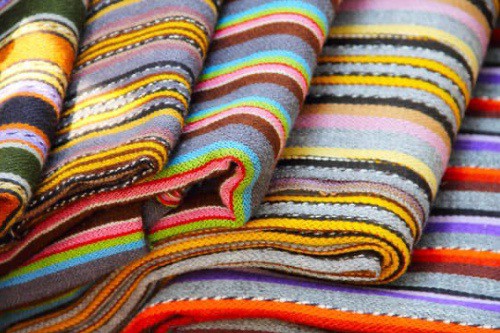
The Philippines is known for its intricate handwoven fabrics, such as Ilocos’s traditional “Inabel” and the vibrant “T’nalak” of Mindanao. These beautiful fabrics come in a variety of types for clothing, bags, home decor, and accessories. You can purchase them in specialized weaving communities or local markets. Prices for handwoven products vary depending on the item and the intricacy of the design, but expect to pay around PHP 500 to PHP 3,000 ($10 to $60) or more.
Capiz Shell Products
Capiz shells shine with their translucent appearance, making them perfect for crafting beautiful items such as lamps, lanterns, window panels, and decorative pieces. These products are widely available in the Philippines’ souvenir shops, handicraft centers, and markets nationwide. Prices can range from approximately PHP 100 to PHP 2,000 ($2 to $40), depending on the item’s size and complexity.
Philippine-made Jewelry
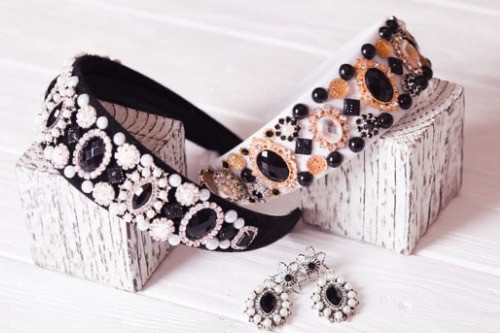
This is also one of the best items to buy in the Philippines. This country is rich in natural resources, including precious metals and gemstones. Local artisans craft exquisite jewelry using indigenous materials, including pearls, gold, silver, and semi-precious stones. You can find jewelry shops and boutiques in major cities and tourist areas. Prices vary depending on the materials and design, but expect to pay anywhere from PHP 1,000 to PHP 50,000 ($20 to $1,000) or more.
Wooden Crafts
Filipino craftsmen excel in woodworking, creating a diverse range of traditional items. Look for wooden statues, figurines, masks, and furniture made from hardwood like narra or mahogany. Local markets, Philippines souvenir shops, and specialty stores are good places to find these products. Prices can range from PHP 200 to PHP 5,000 ($4 to $100) or more, depending on the size and intricacy of the carving.
Save time and travel in comfort with a direct and private transfer from Tagbilaran Pier or Bohol Panglao International Airport! Book with KKday for a hassle-free transportation service available 24/7 to your chosen location in downtown Panglao Island or Tagbilaran City!
Keychains and Magnets
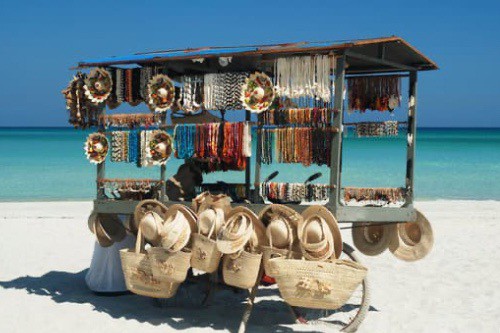
Keychains and magnets are popular items to buy in the Philippines. They feature iconic Philippine symbols, landmarks, and cultural elements. They are lightweight, easy to carry, and serve as reminders of one’s trip. You can find them in Philippine souvenir shops, airports, and tourist areas. Prices typically range from PHP 50 to PHP 200 ($1 to $4) per item.
Jeepney Replicas
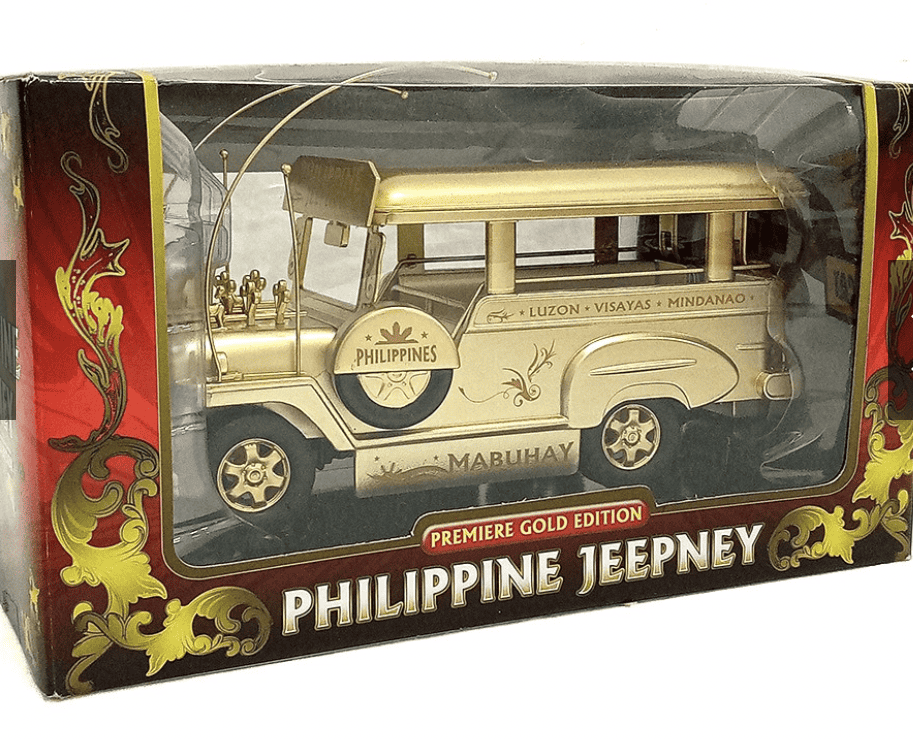
Jeepneys are a typical means of transportation in the Philippines, and small versions make exciting gifts. These colorful and intricately designed models capture the essence of Philippine culture. You can find them in Philippine souvenir shops, markets, and handicraft centers. Prices vary depending on size and detailing, ranging from PHP 100 to PHP 500 ($2 to $10) or more.
T-shirts and Apparel
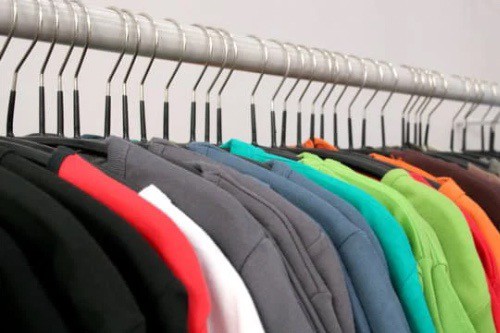
T-shirts featuring Philippine designs, quotes, and images are typical souvenirs. They come in various sizes, colors, and designs, often reflecting Filipino humor or cultural references. You can find them in souvenir shops, malls, and marketplaces. Prices for T-shirts usually range from PHP 200 to PHP 500 ($4 to $10) or more, depending on the quality and design.
Coconut Shell Products
Coconut shell items are popular souvenirs due to the abundance of coconut trees in the Philippines. These include bowls, cups, spoons, and decorative items. They are eco-friendly and showcase the country’s natural resources. You can find them in markets, handicraft centers, and souvenir shops. Prices range from PHP 100 to PHP 500 ($2 to $10) or more, depending on the item and craftsmanship.
Pearl Jewelry
The Philippines is famous for its high-quality pearls. People often seek out pearl jewelry, such as necklaces, earrings, and bracelets, as souvenirs.
The country produces a variety of pearls, such as South Sea pearls and freshwater pearls. Jewelers and Philippine souvenir shops in major cities like Manila and Cebu offer a wide selection. Prices vary depending on the pearls’ size, shape, and quality, ranging from PHP 1,000 to PHP 10,000 ($20 to $200) or more.
Woven Bags and Baskets
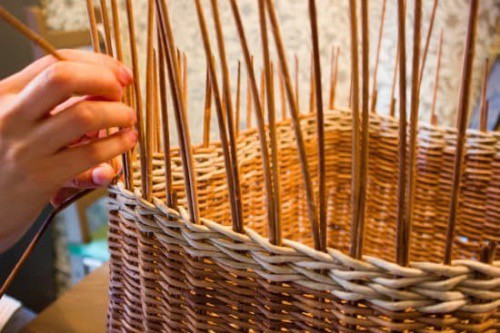
Handwoven bags and baskets made from natural fibers, such as rattan, buri, and pandan leaves, are popular souvenirs in the Philippines. They showcase the country’s traditional weaving techniques, which are practical and stylish. You can find them in local markets, souvenir shops, and specialty stores. Prices range from PHP 200 to PHP 1,500 ($4 to $30) or more, depending on the size and intricacy of the weave.
These souvenirs are popular in the Philippines because they embody the country’s culture, traditions, and natural resources. They offer visitors a tangible way to remember their trip and share a piece of Filipino heritage with others. Additionally, these items are often affordable and lightweight, making them convenient choices for travelers to bring back home.
Custaroons
If you’re a fan of sweets, custaroons are something you have to try! They’re a perfect blend of soft, creamy custard and chewy coconut macaroons. They were created by Gigi Gaerlan, a Filipina baker who kinda stumbled upon the recipe by accident, and now everyone loves them!
They come in fun flavors too, like original, ube (purple yam), and even matcha. You can grab them at the Custaroonery in St. Pio Chapel Compound, Quezon City, or at specialty stores. You’ll enjoy them best with a cup of coffee or tea, and trust me, even if you don’t usually like macarons, you’re going to love these!
Banig
Have you ever heard of Banig? It is a beautifully woven mat traditionally made in the Philippines, primarily used for lounging or sleeping. Each mat features unique designs and materials that vary by region, with options like palm, pandan, buri, tikog, or reed (seagrass leaves).
Southern banig features vibrant colors and playful patterns inspired by marine life, while northern versions showcase darker, more subdued hues. Nowadays, a banig isn’t just for sleeping; it’s become a trendy decor item! You’ll find banig used as wall hangings, bags, throw pillows, place mats, and even furniture matting. They’re lightweight and easy to fold, making them a great, space-saving souvenir.
Coconut Wine – Lambanog
This coconut-based liquor is similar to vodka, but it’s made by fermenting the sap of coconut flowers. Traditionally, it’s clear and strong, with an alcohol content that can range from 40-45%. Nowadays, you can find lambanog in fun flavors like mango, bubblegum, and cinnamon. People often enjoy it during celebrations, especially in rural areas, where they share it in a spirit of camaraderie.
Tikog Slippers
If you’re looking for eco-friendly fashion, check out Tikog slippers. These slippers are handmade using tikog, a type of grass that grows abundantly in the Philippines. The grass is dried, dyed, and then woven into beautiful and durable footwear.
Tikog slippers come in a variety of designs, from simple and minimalist to bright and colorful patterns. They’re perfect for lounging at home, wearing to the beach, or even as casual outdoor footwear. Local artisans craft these pairs, so when you buy them, you support sustainable and ethical craftsmanship.
Barako Coffee Beans
If you enjoy a bold brew, you’ll want to take home some Barako coffee beans. Grown in the Batangas province, Barako coffee is a type of Liberica coffee, known for its strong, robust flavor with a slightly fruity and nutty undertone, often described as having a hint of anise or licorice. It has a full-bodied, earthy taste that coffee aficionados will appreciate.
Barako coffee plays a significant role in Filipino culture, and people usually enjoy it black or with a bit of sugar. Whether you’re buying whole beans or ground coffee, it’s a fantastic way to bring a little bit of the Philippines into your daily morning routine.
Filipino Delicacies
Food items can also make great souvenirs. Consider buying local delicacies like dried mangoes, barquillos (wafer rolls), polvoron (powdered milk candy), ube jam, and tablea (local cocoa tablets). You can find them in supermarkets, pasalubong (gift) shops, and local markets. Prices vary depending on the product and quantity, but expect to spend around PHP 100 to PHP 500 ($2 to $10) for a box or pack.
Dried Mangoes
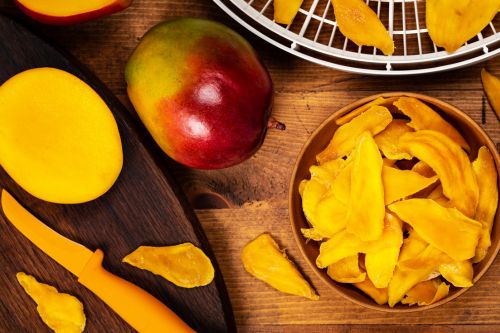
Dried mangoes are a beloved Filipino delicacy that showcases the country’s abundant tropical fruit. Whether you’re a fan of their sweet and tangy flavor or looking to explore unique culinary possibilities, dried mangoes from the Philippines are worth trying. Here’s all you need to know before you buy dried mangoes in the Philippines.
Production
The main varieties of mangoes used for drying include Carabao (also known as Manila mangoes) and pico (also known as ripe mangoes). These mangoes are harvested at peak ripeness and then processed to remove moisture.
Preparation
The ripe mangoes are peeled, sliced, and dried using various methods to make dried mangoes. Traditional sun-drying involves placing mango slices on trays and exposing them to the sun until they have lost most of their moisture. Modern techniques, such as mechanical drying or dehydrators, are also employed to speed up the process.
Taste and Texture
Dried mangoes have a chewy and slightly fibrous texture. They are known for their intense, sweet, and tangy flavor, with a hint of natural acidity.
Packaging and Variations
Dried mangoes are commonly available in the Philippines in various packaging options, including plastic bags, resealable pouches, or vacuum-sealed packs. They are sometimes coated with sugar or chili powder for added flavor variations.
Health Benefits
Dried mangoes are delicious and offer several health benefits. They are a rich source of vitamins, particularly vitamin C, and contain dietary fiber, antioxidants, and minerals like iron and potassium. However, they are also high in natural sugars, so consuming them in moderation is essential.
Culinary Uses
Dried mangoes can be enjoyed as a standalone snack or used in various culinary creations. They are often included in trail mixes, granola bars, baked goods, and desserts, such as cakes, muffins, and pies. They can also be rehydrated and used in savory dishes, such as stir-fries or salads.
Popular Brands
There are several well-known brands of dried mangoes in the Philippines, including the Philippine Brand, Profood International Corporation, 7D Dried Mangoes, and Cebu’s Best. These brands are known for their high-quality dried mangoes in the local market and for export.
Export Market
The Philippines exports a significant quantity of dried mangoes to various countries worldwide. Filipino dried mangoes are highly regarded for their exceptional quality and have gained international popularity, making them a sought-after souvenir or snack for travelers visiting the Philippines.
Polvoron
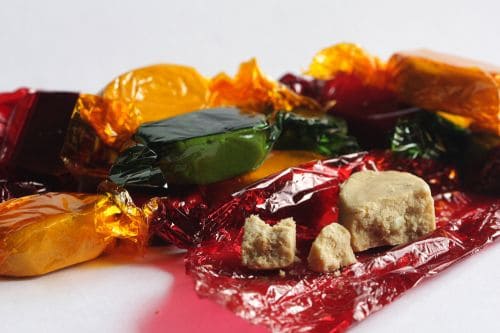
We have a special treat for sweet lovers. Polvoron is a popular sweet delicacy in the Philippines. It is a crumbly and powdered treat made primarily from toasted flour, powdered milk, sugar, and butter. Here’s all you need to know about polvoron in the Philippines:
Ingredients
Traditional polvoron recipes typically include toasted flour, powdered milk, sugar, and butter. The ingredients are mixed to form a crumbly and sandy texture. Other variations may include additional flavors such as crushed peanuts, cookies and cream, chocolate, ube (a type of purple yam), mango, and more.
Texture and Taste
Polvoron has a crumbly and sandy texture that melts in your mouth. It has a rich, sweet, buttery flavor with a hint of toasted flour. The powdered nature of the treat gives it a unique texture.
Popular Varieties
Polvoron has various flavors and variations to cater to different preferences. Some popular varieties include classic plain polvoron, cookies and cream, chocolate, ube (purple yam), mango, pinipig (pounded rice flakes), and cashew. These variations offer a diverse range of flavors and textures to suit different tastes.
Packaging and Presentation
Polvoron is commonly sold in individual or bulk packaging. It is often wrapped in colorful cellophane or placed in decorative boxes or jars. The packaging may feature vibrant designs and labels to attract customers. Polvoron is enjoyed as a personal snack and given as gifts for special occasions, holidays, or souvenirs.
Occasions and Traditions
Polvoron is a versatile treat enjoyed on various occasions. It is commonly served as a dessert or snack during birthdays, parties, and family gatherings. Polvoron is also a popular gift or pasalubong (souvenir) item for friends and family returning from a trip or visiting loved ones.
Commercial and Homemade Production
Polvoron is produced commercially by well-known brands such as Goldilocks, Ricoa, and other local bakeries and confectioneries. Additionally, many households and small businesses make polvoron at home, using family recipes or experimenting with different flavors and ingredients.
Ube Jam
Baguio‘s Ube jam offers a delicious taste of the Philippines, showcasing the unique flavor and vibrant color of Ube. Whether enjoyed as a spread, a filling, or an ingredient in various desserts, Baguio’s ube jam is a beloved treat that represents the region’s culinary heritage. Here’s all you need to know about Ube jam from Baguio:
Ube and Its Significance
Ube refers to purple yam, a root vegetable native to the Philippines. It has a distinct purple color and a sweet, nutty flavor. Ube is a staple ingredient in many Filipino desserts and is highly cherished for its unique taste and vibrant hue.
Baguio’s Ube Jam
Baguio City, Philippines, is famous for producing high-quality Ube jam. The region’s cool climate and fertile soil provide ideal conditions for growing Ube, resulting in flavorful and vibrant purple yams.
Taste and Texture
Baguio’s Ube jam has a rich, creamy texture and a sweet, earthy flavor. The vibrant purple color adds visual appeal to desserts and dishes. It often has a slightly nutty taste, making it a delightful treat or ingredient in various recipes.
Culinary Uses
Baguio’s ube jam is incredibly versatile and works well in a variety of desserts and sweet treats. People often use it as a filling for pastries, cakes, and bread, giving them a vibrant purple color and a hint of sweetness. Ube jam is also a key ingredient in popular Filipino desserts, such as ube halaya, ube ice cream, ube cake, and ube rolls.
Packaging and Availability
Baguio’s Ube jam is widely available in local markets, specialty stores, and pasalubong centers (shops that sell local delicacies as souvenirs).They typically package it in jars or containers and seal them to preserve freshness and flavor. The packaging often showcases the vibrant purple color of the Ube jam.
Souvenir and Gift Item
Baguio’s Ube jam is a sought-after souvenir and pasalubong (gift) item for visitors to the region. Many tourists bring back jars of Ube jam to taste Baguio’s culinary delights and share them with family and friends.
Cultural Significance
Ube, including Ube jam, holds cultural significance in the Philippines. People often associate ube-based desserts, such as ube jam, with celebrations, special occasions, and festive gatherings. You’ll see them prominently featured during Filipino fiestas, weddings, and holiday celebrations.
Tablea
Tablea is a traditional Filipino product made from roasted and ground cacao beans, primarily used to create rich and flavorful hot chocolate. It is a treasured part of Filipino culinary heritage, providing a rich and authentic chocolate experience. From its production methods to its cultural significance, tablea showcases the artistry and appreciation for cacao in the Philippines. Here’s all you need to know about Tablea in the Philippines:
Production
Tablea comes from fermenting, drying, roasting, and grinding cacao beans. The process begins with harvesting ripe cacao pods and extracting the beans from them. The beans ferment to enhance their flavor and aroma. After roasting, people grind the beans into a fine paste and mold them into tablet form.
Shape and Packaging
Tablea takes the form of small, flat, circular tablets or disks. Wrapping these tablets in banana leaves or aluminum foil helps protect them from moisture and maintain their quality. To keep them fresh, people store the tablets in airtight containers.
Use in Hot Chocolate
People often use tablea to make traditional Filipino hot chocolate called tsokolate or tsokolate eh. To prepare the drink, dissolve a few tablea tablets in hot water or milk, then whisk until the tablea melts completely, thickening and frothing the mixture. You can add sugar to taste.
Flavor and Taste
Tablea imparts a rich, chocolatey flavor with a hint of bitterness. The flavor depends on the type of cacao bean and the level of roasting. The resulting hot chocolate from tablea is robust, aromatic, and deeply satisfying.
Culinary Uses
While people mainly use tablea for hot chocolate, it also shines in various Filipino desserts and dishes. You can incorporate it into recipes for champorado (sweet chocolate rice porridge), bibingka (rice cake), and other chocolate-flavored treats. Additionally, tablea works well in savory dishes, like mole sauce.
Cultural Significance
Tablea holds cultural significance in the Philippines, particularly during special occasions and holidays. It is a beloved drink enjoyed during Christmas celebrations and a comforting beverage served to guests or offered as a warm welcome to visitors.
Regional Variations
Different regions in the Philippines have their variations of tablea, using specific types of cacao beans and employing local techniques. Some areas are known for producing tablea with distinct flavors and characteristics, adding to the diversity and appreciation of this traditional product.
Sustainability and Artisanal Production
Tablea production in the Philippines often involves small-scale farmers and artisanal processes. Many producers prioritize sustainable and ethical sourcing of cacao beans, supporting local farmers, and promoting fair trade practices.
Reminder: prices mentioned here are approximate and can vary based on location, quality, and other factors. You can expect to bargain in local markets, so feel free to negotiate for a better price. However, prices in the mall stay fixed and non-negotiable.
Why is it fun and essential to buy Philippine souvenirs when you are a tourist?
Buying Philippine souvenirs as a tourist is fun and essential. It allows you to forge a cultural connection, bring home unique and distinctive items, cherish personal reminders of your journey, support the local economy, give meaningful gifts, and contribute to sustainable tourism. So, next time you visit the Philippines, take advantage of the opportunity to explore its vibrant marketplaces and take home a piece of its captivating spirit.
Cultural Connection
Purchasing local souvenirs allows you to connect with the vibrant Filipino culture. Each item tells a story, reflects traditions, and represents the creativity and artistry of the Filipino people. Buying these souvenirs brings you a part of that culture back home, fostering a lasting connection and appreciation for the country.
Unique and Distinctive Items
Philippine souvenirs offer something out of the ordinary. Whether it’s the intricate craftsmanship of handwoven fabrics, the beauty of pearl jewelry, or the traditional designs of wooden crafts, these items stand out as unique and distinctive. They provide a glimpse into the country’s rich heritage, making your souvenir collection all the more special.
Personalized Reminders
Souvenirs serve as tangible reminders of your travel experiences. Each time you see or use an item you purchased in the Philippines, it triggers fond memories of your journey. These souvenirs turn into priceless memories that allow you to experience the sights, sounds, and feelings of your trip to the Philippines.
Support for the Local Economy
By buying the Philippines’ souvenirs, you contribute to the local economy and support local artisans and entrepreneurs. Many skilled artisans from small communities handcraft these products. Your purchase helps sustain their livelihoods, preserve traditional craftsmanship, and support the promotion of cultural heritage.
Meaningful Gifts
Philippine souvenirs make thoughtful and meaningful gifts for family and friends. Sharing a piece of the country’s culture and traditions through these unique items allows you to introduce others to the Philippines’ beauty and diversity. It’s a way to spread joy and create connections even after your journey has ended.
Supporting Sustainable Tourism
Purchasing local souvenirs aligns with the principles of sustainable tourism. By choosing authentic products made from natural materials and supporting local artisans, you help preserve traditional practices and the environment. It promotes a sustainable and responsible approach to travel.
As you bid farewell to the Philippines laden with your chosen souvenirs, you’ll depart with more than just material possessions. Each item carries a piece of the country’s vibrant heritage and symbolizes the memories you’ve made during your travels. By supporting local artisans and entrepreneurs, you bring a slice of Filipino culture back home and contribute to preserving traditional craftsmanship. So, as you cherish your Filipino souvenirs, may they forever remind you of the beauty, warmth, and rich tapestry of experiences that await in the Philippines. We hope that this list of unique things to buy in the Philippines will help you choose the right souvenir for yourself and your loved ones on your trip.
